Russells Technical Products is a global supplier of Environmental Test Systems. We have a comprehensive product line that includes pre-engineered temp./humidity chambers, custom temp./humidity chambers, thermal shock chambers, walk-in chambers, dynamometer chambers, altitude chambers, agree chambers, environmental rooms, portable conditioning units, cooling tunnels and industrial cryogenic...
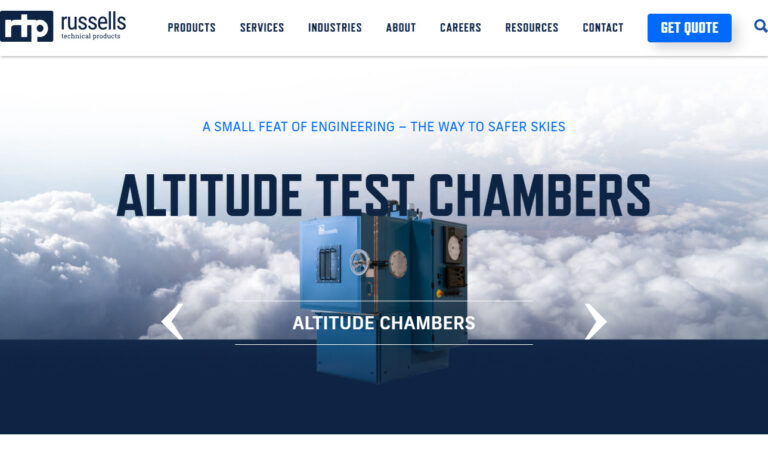
Cincinnati Sub-Zero designs, manufactures and services custom & standard test chambers that exceed customer`s expectations. Our knowledgeable technicians are responsive to customers needs by providing after sales support as well as training on your test chambers start-up, operation & maintenance from your location or from our test chamber manufacturing facility in Ohio.
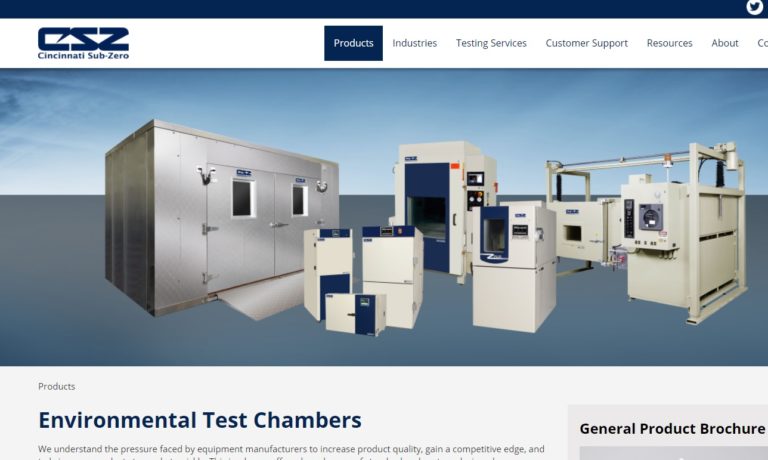
Innovative design, robust construction, and superior performance make the Tenney line of environmental test chambers and rooms ideal for all of your temperature, humidity, altitude, vibration, steady state, thermal shock, constant climate, and vacuum testing applications. From stability and shelf life testing to the thermal shock process necessary to see how products and components will perform...

More Cryogenic Chamber Manufacturers
As with other environmental test chambers, cryogenic chambers are used by manufacturers to test their products for potential flaws and malfunctions in order to improve the design and production process. Improving a product based on environmental test results will ensure a better quality product reaches the general market and will result in less costs for the manufacturer in terms of replacement and reimbursement.
Cryogenic temperatures are those below -238°F or -150°C and in cryogenic chambers, liquefied gases such as liquid nitrogen and liquid helium are used to achieve these extreme temperatures. While some test chambers combine environmental conditions for purposes of more thorough testing, cryogenic chambers are designed for extremely low temperature replication.
The process of cryogenic chamber use is very time consuming. The products and materials exposed to such extreme temperatures risk experiencing thermal shock, especially during the change of temperature – therefore the cryogenic chamber must reach its minimum temperature at a slow rate, and then return to room temperature at an equally slow rate.
The test results will be most accurate if the process of moving between temperatures can be dramatically slowed down. Design and construction of cryogenic chambers must also be carefully considered. Due to the extreme temperature, chamber size is an important factor in design layout as wasted space would be an unnecessary waste of energy and could adversely affect test results.
The seal on a cryogenic chamber needs to be in prime condition to ensure that the temperature of the outer environment does not affect the low temperature inside the chamber.
Each element of the test and testing conditions has to be taken into consideration – such as already existing environment and climate, the potential addition of interior chamber lighting and thus extra heat, and the variations that already exist between products and materials. It is time-consuming and costly, and yet cryogenic chambers are an important processing part of many industries.

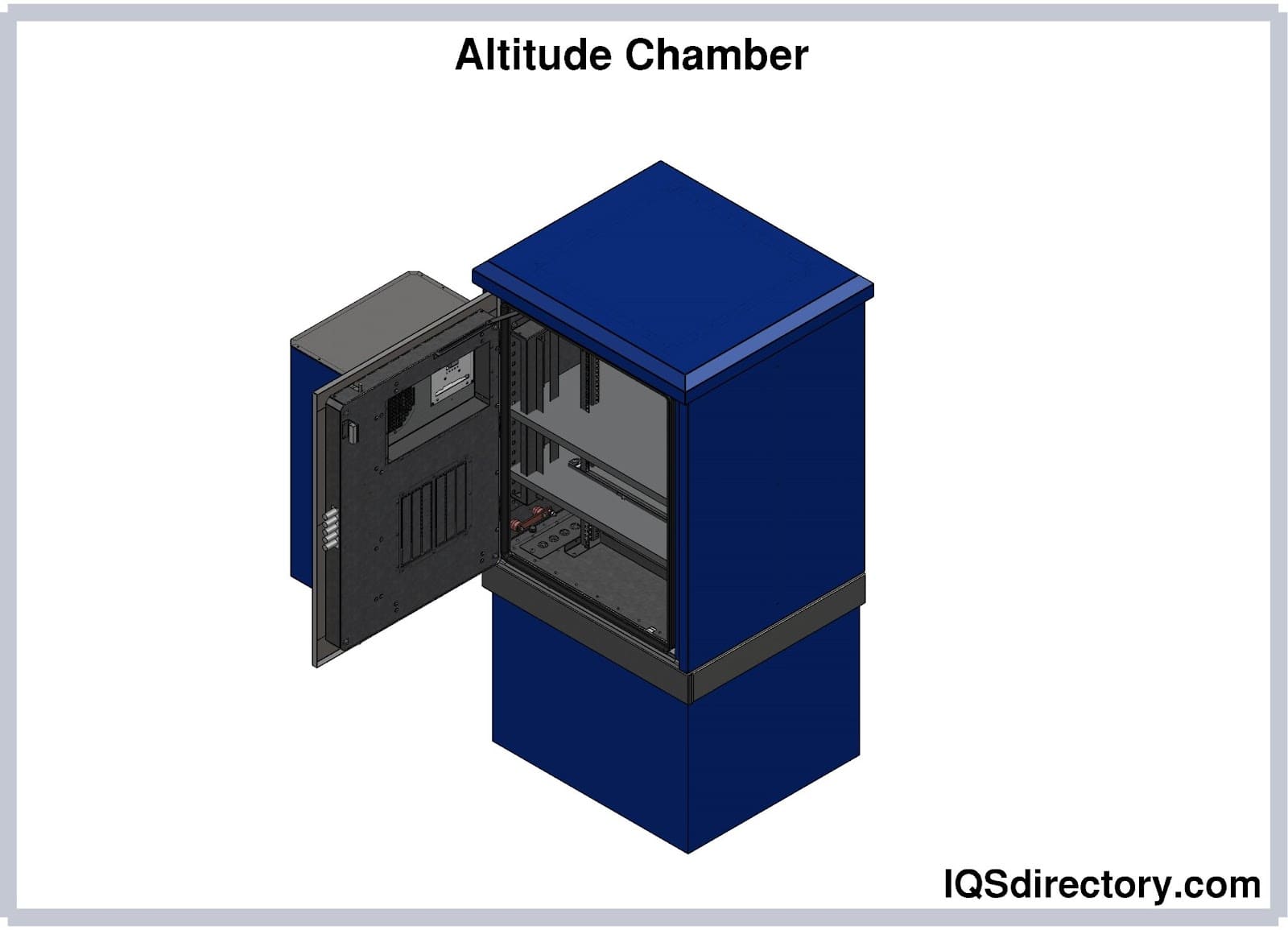
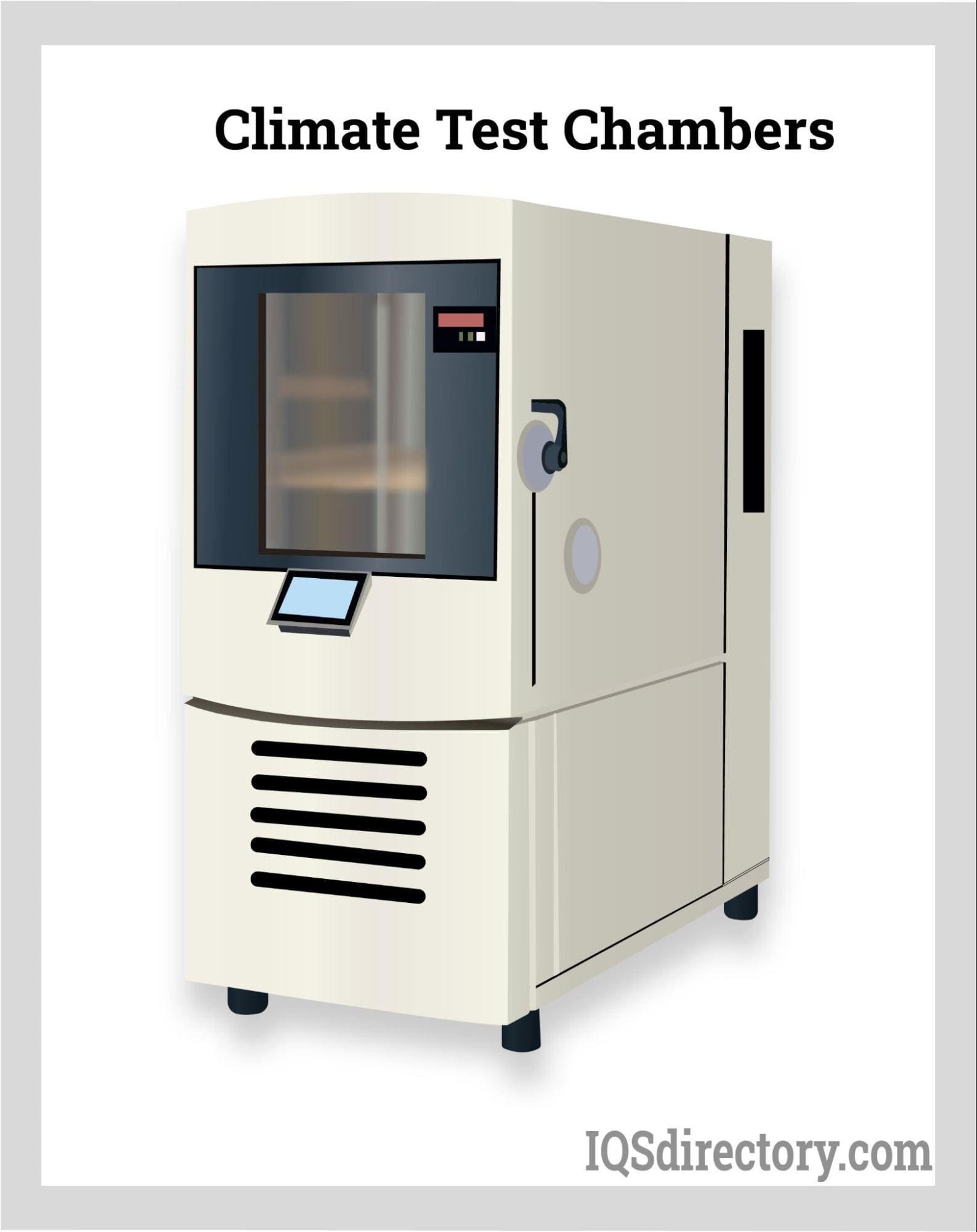
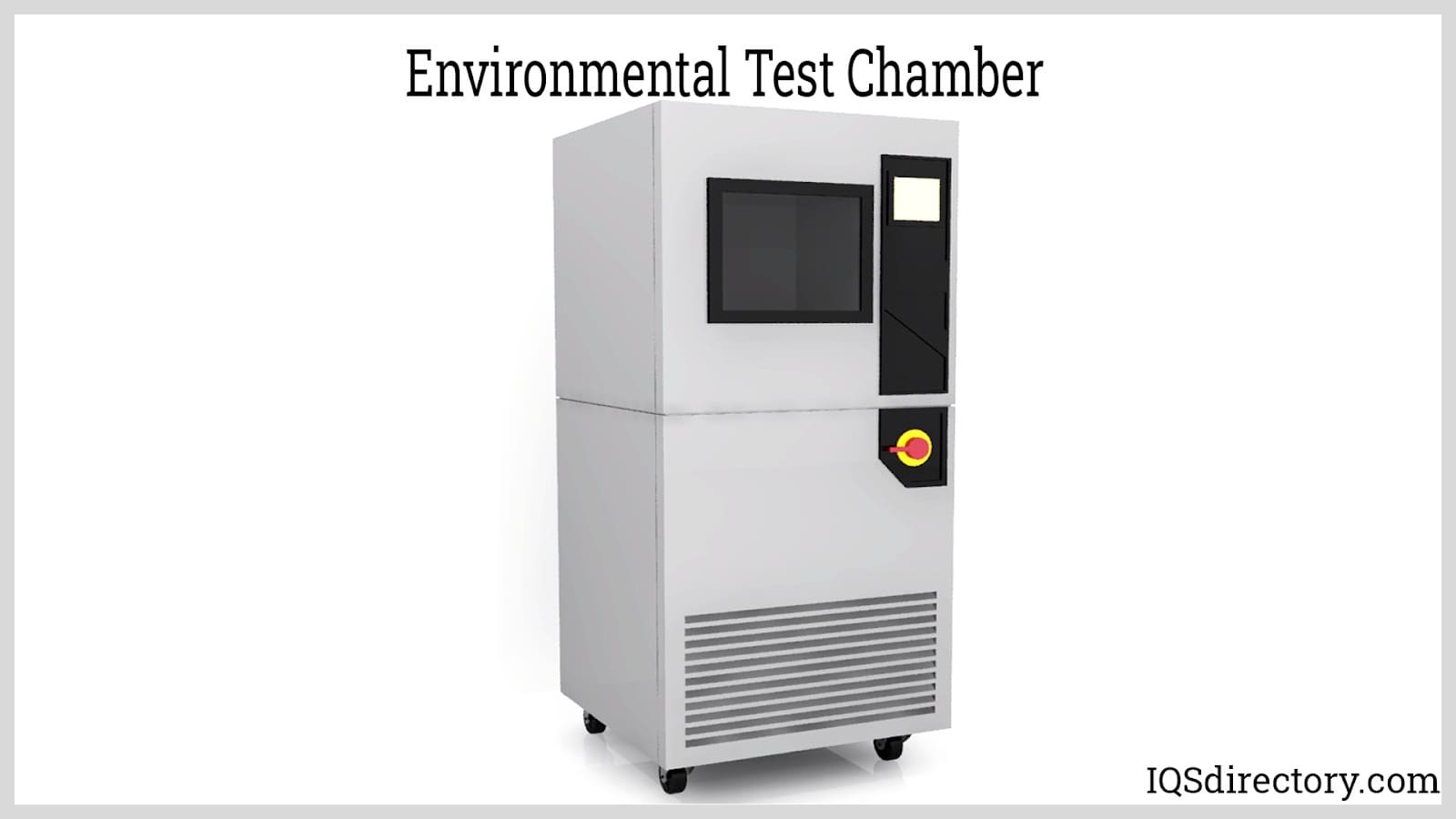
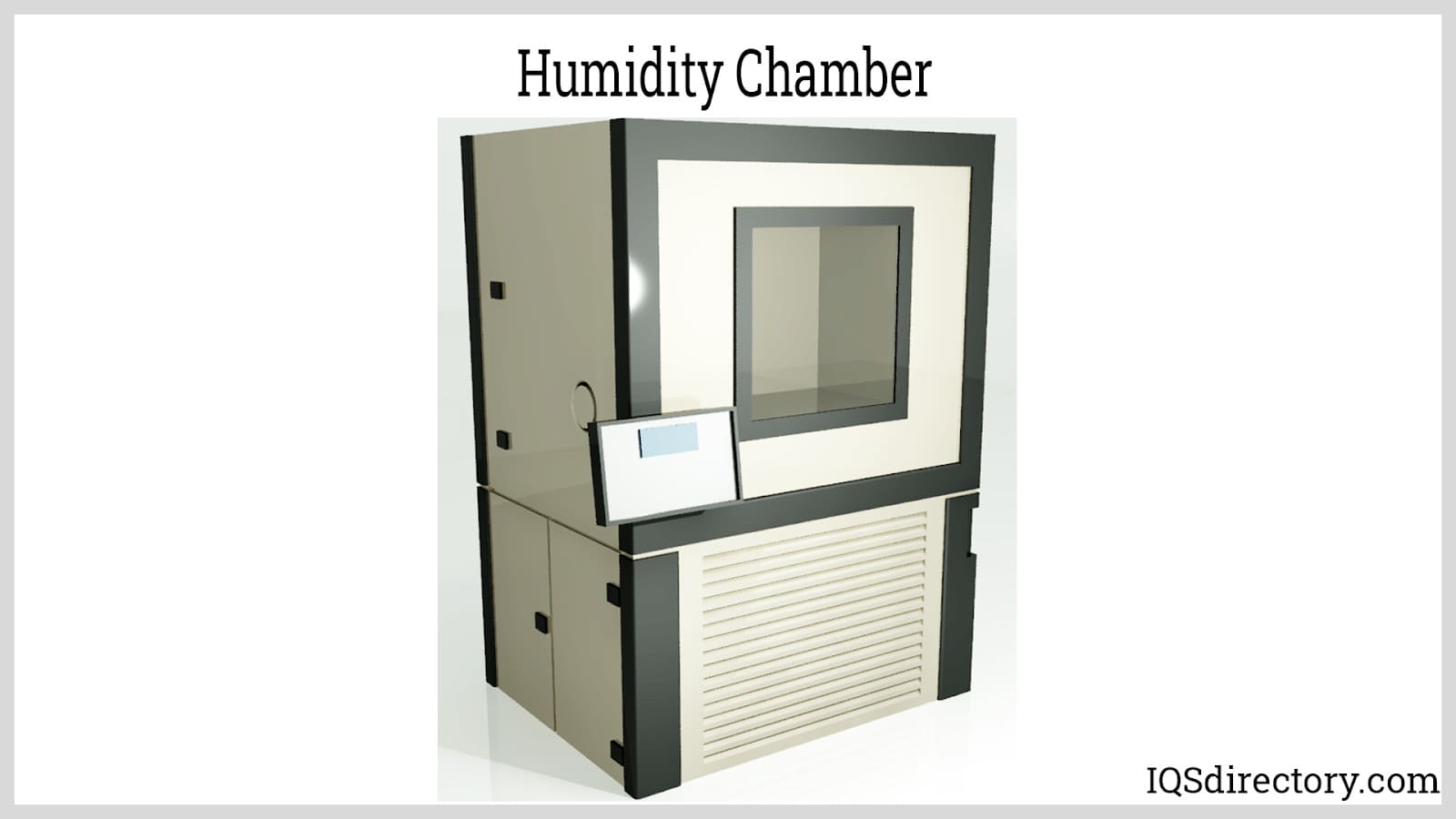
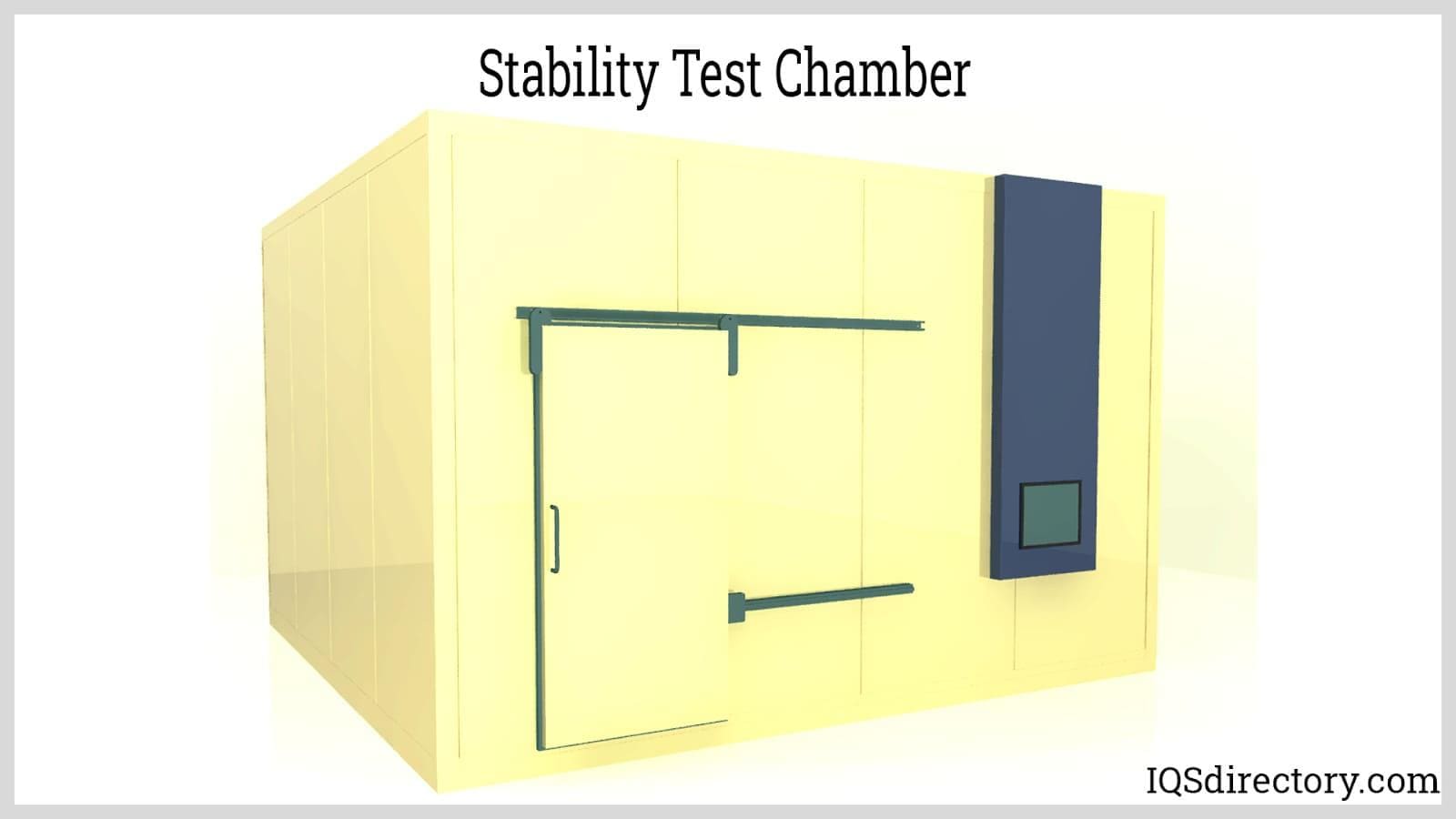
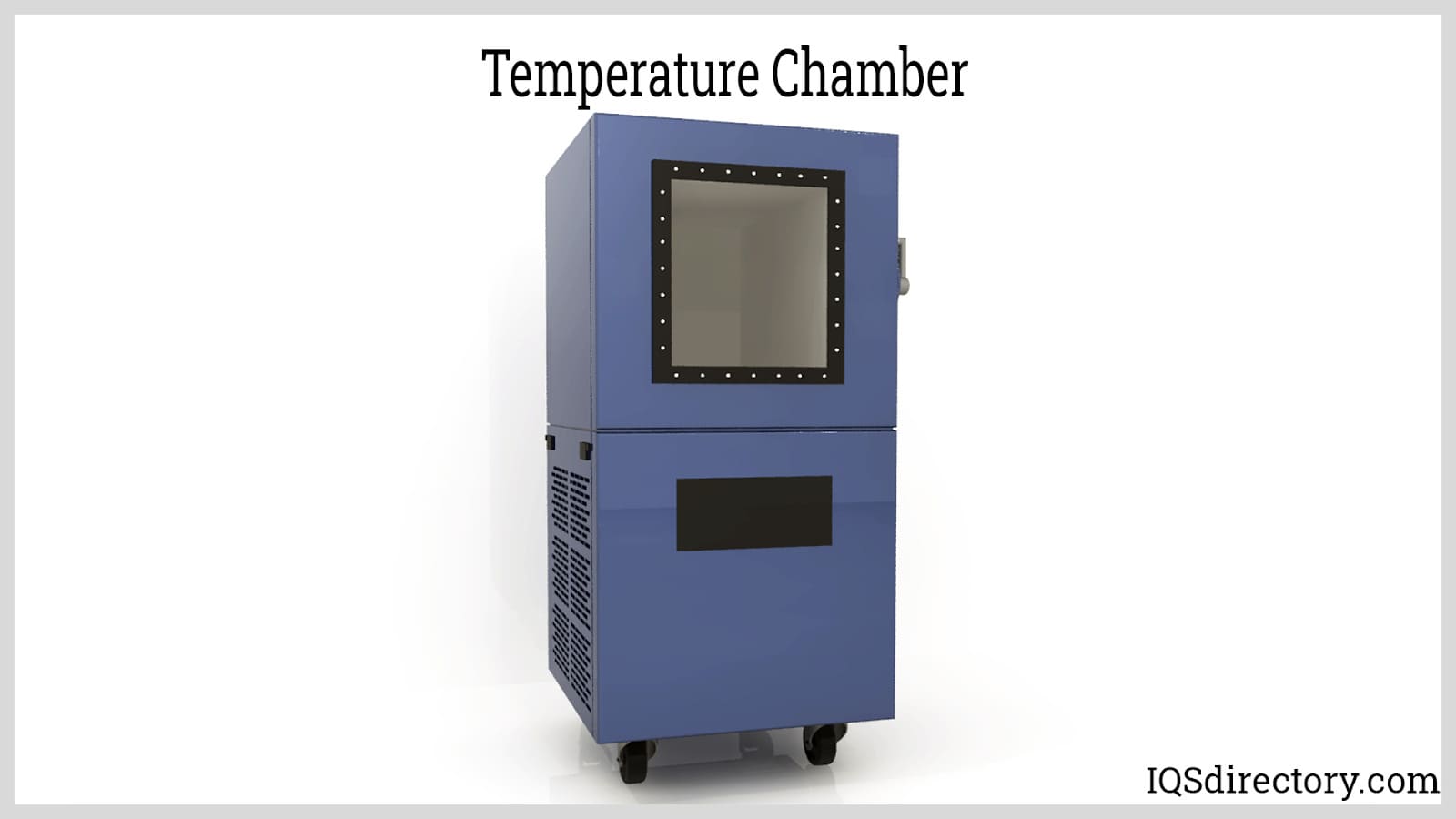
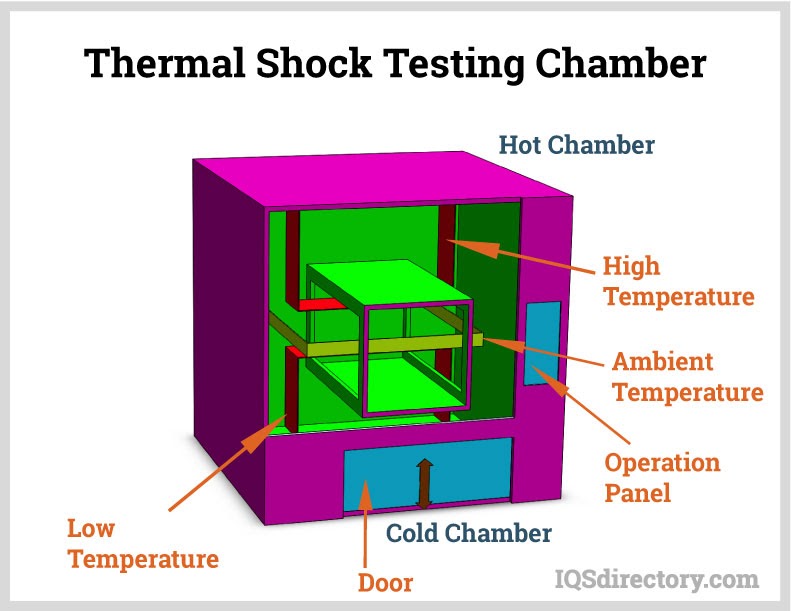
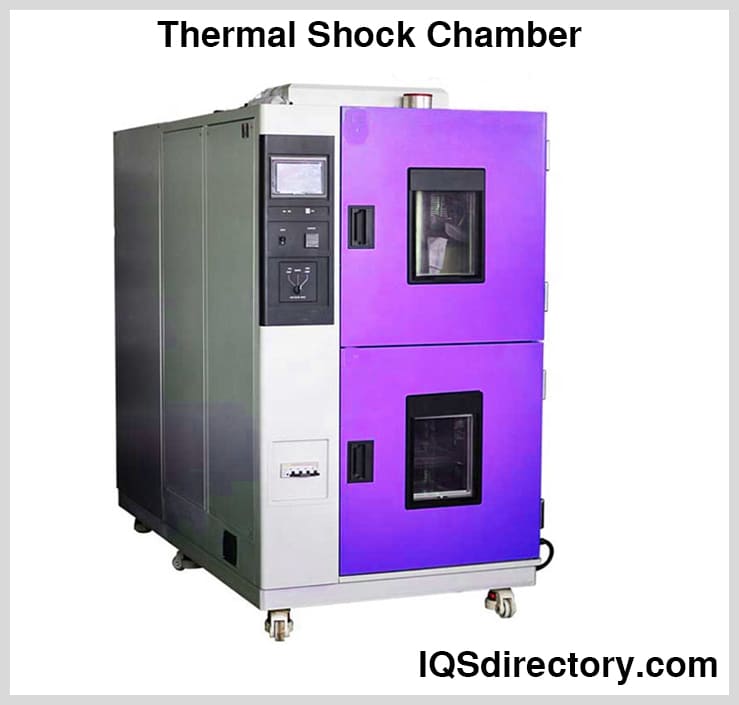
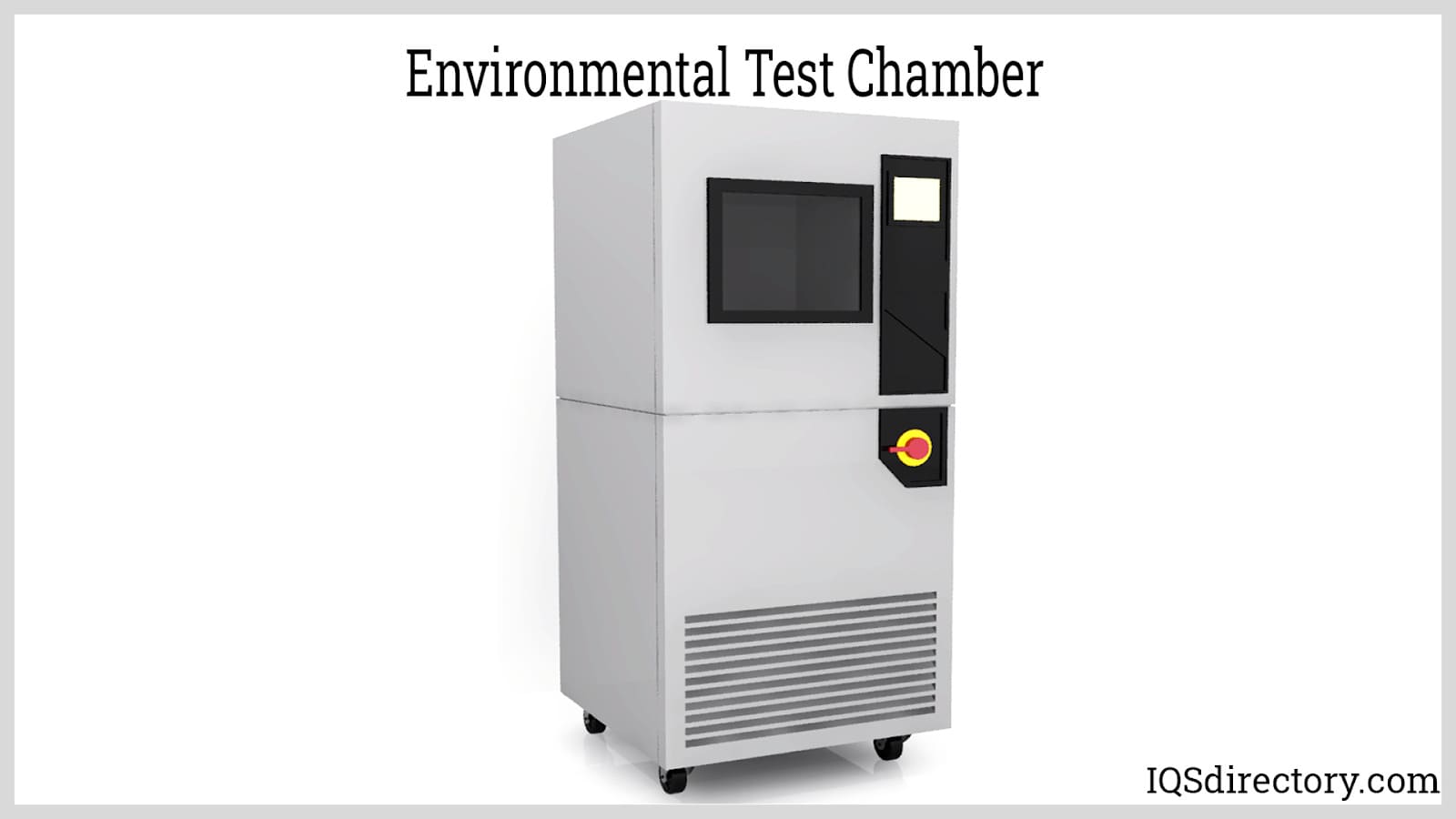
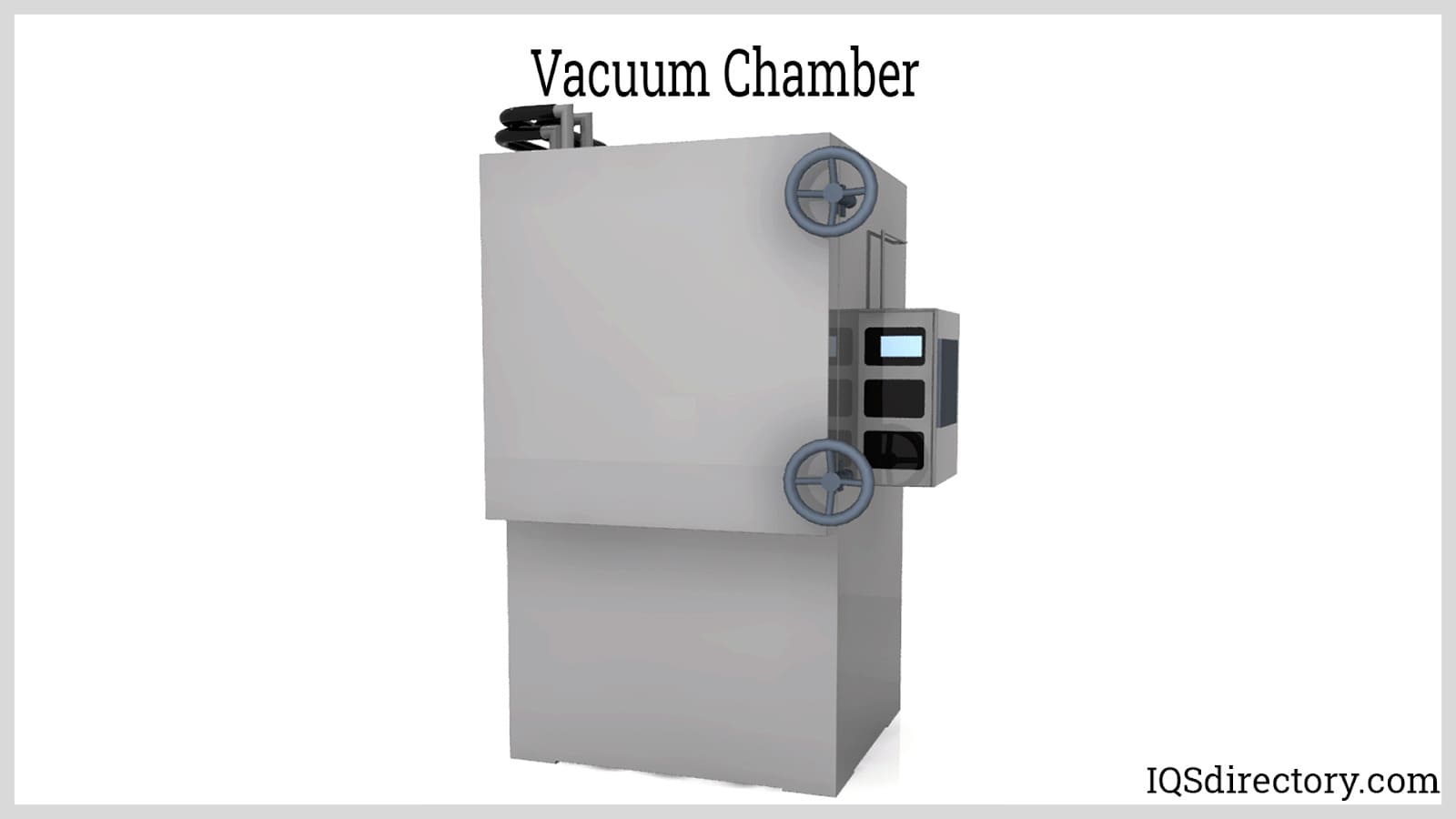
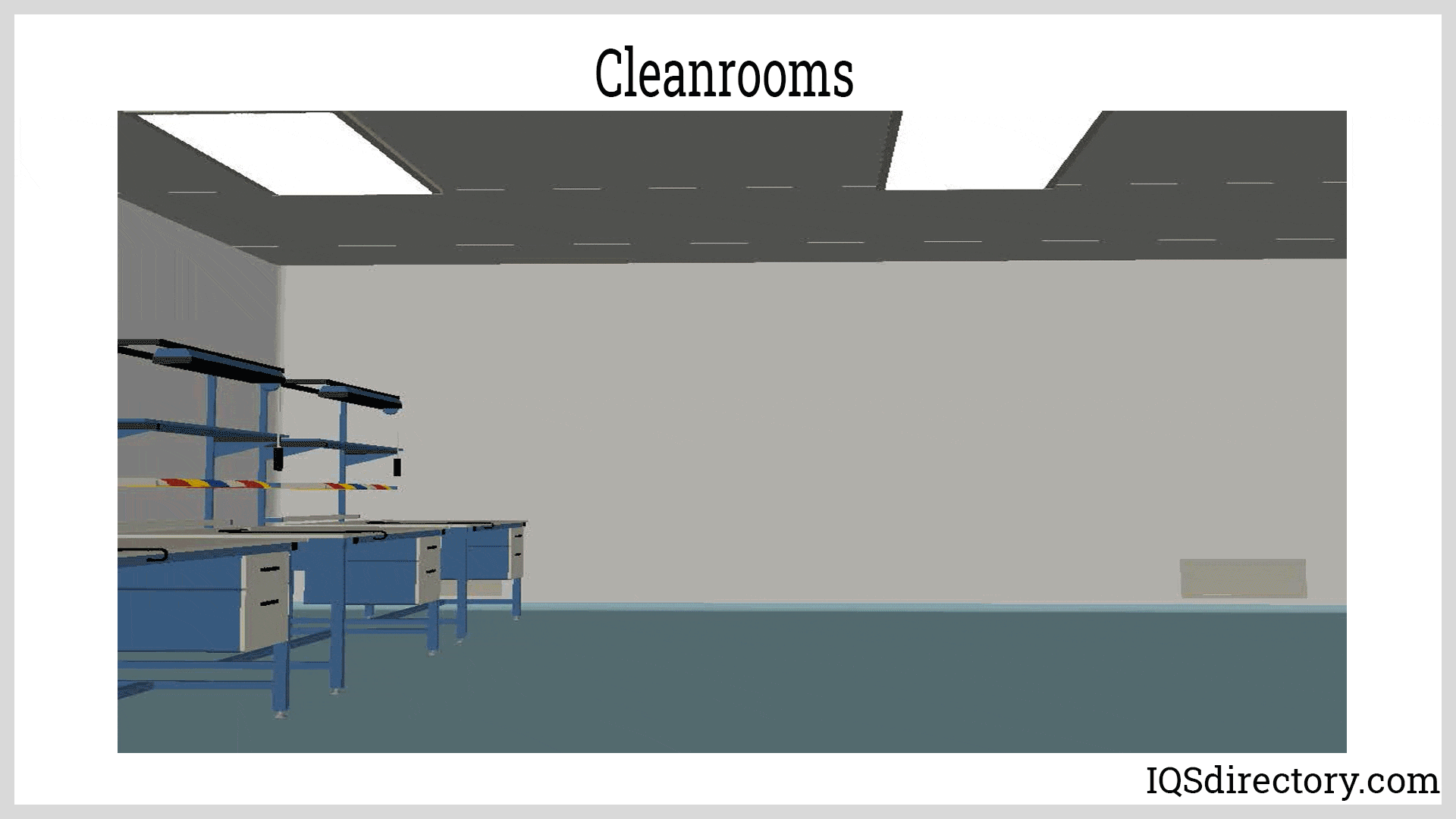
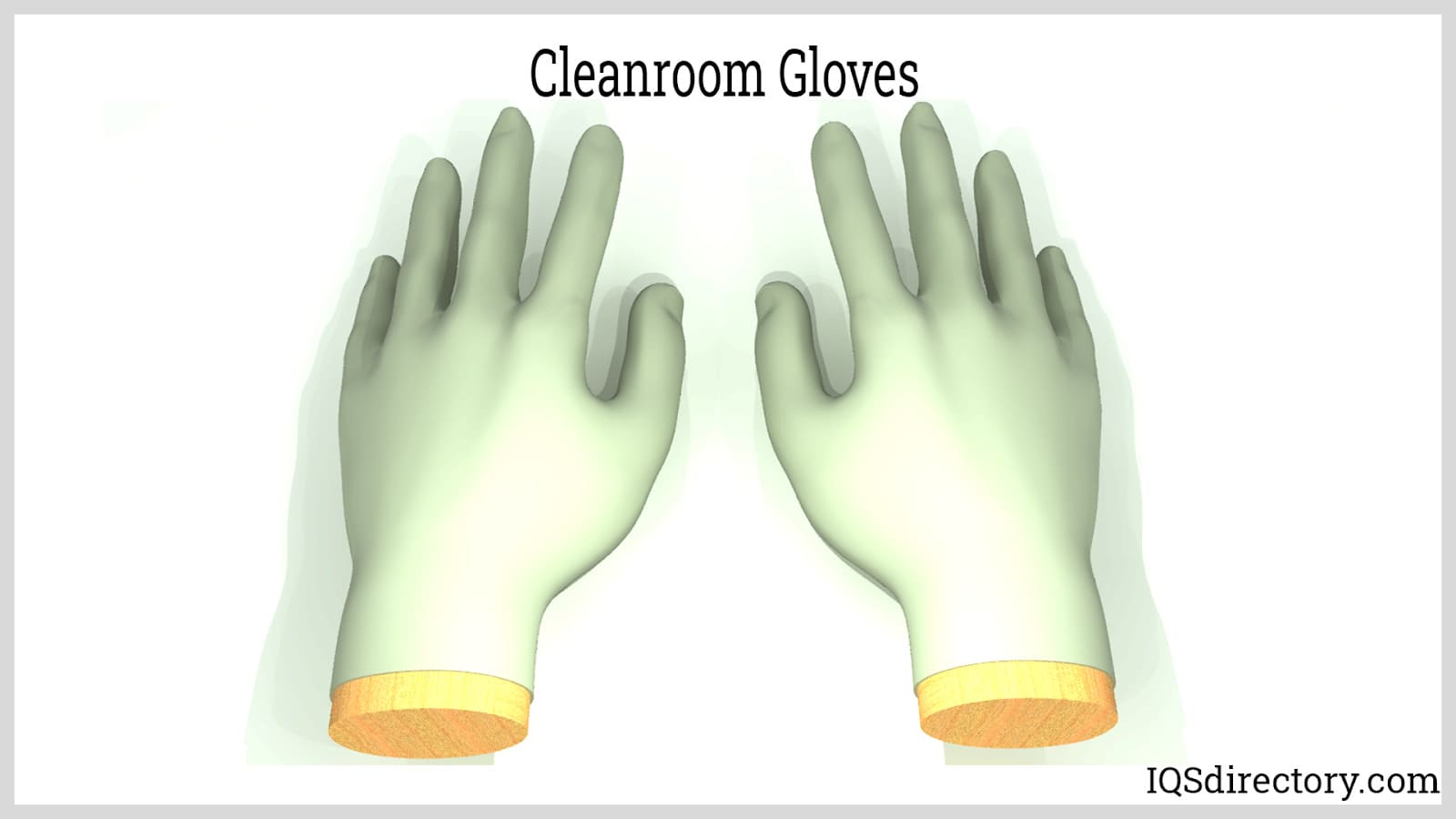
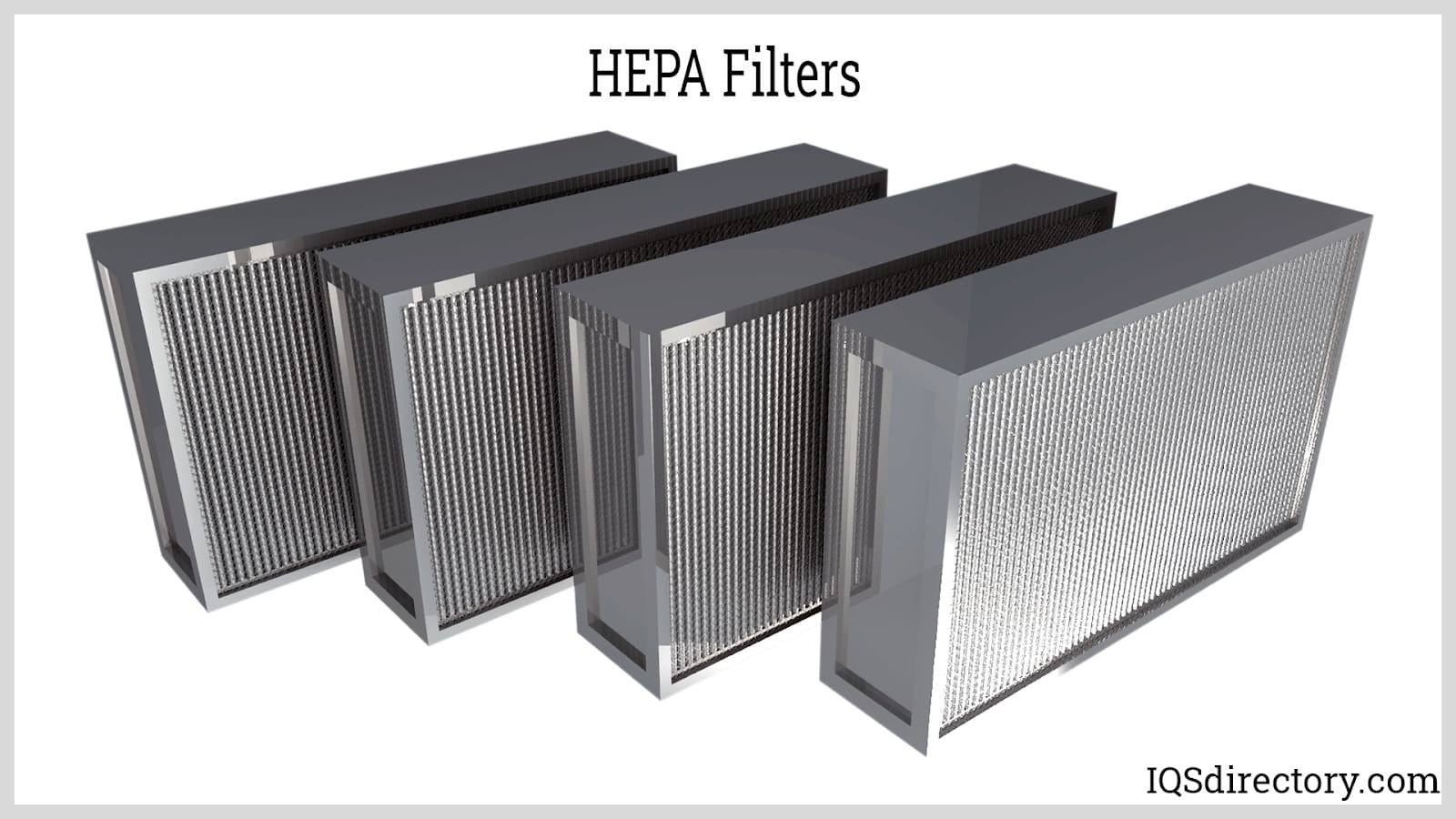
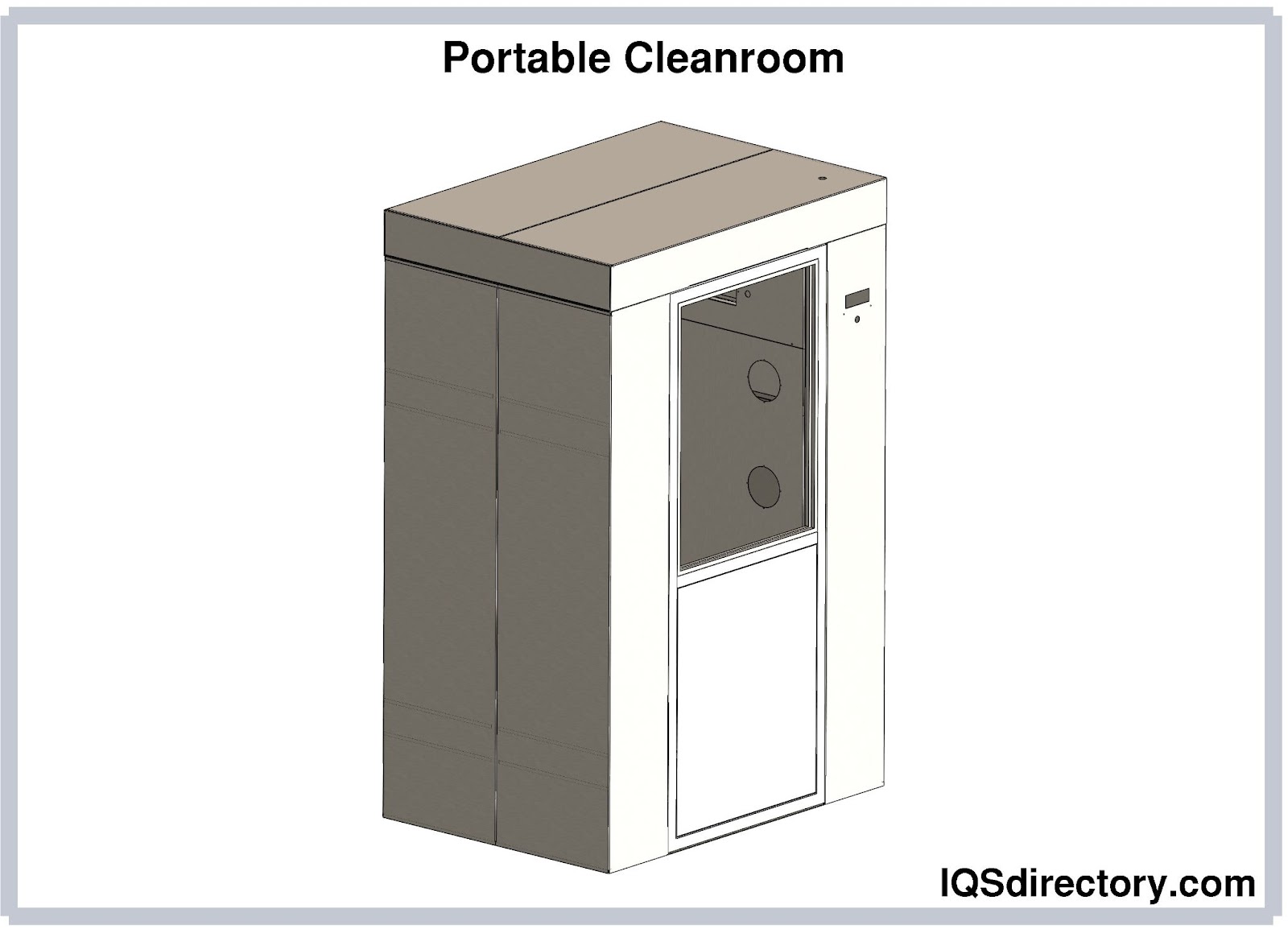
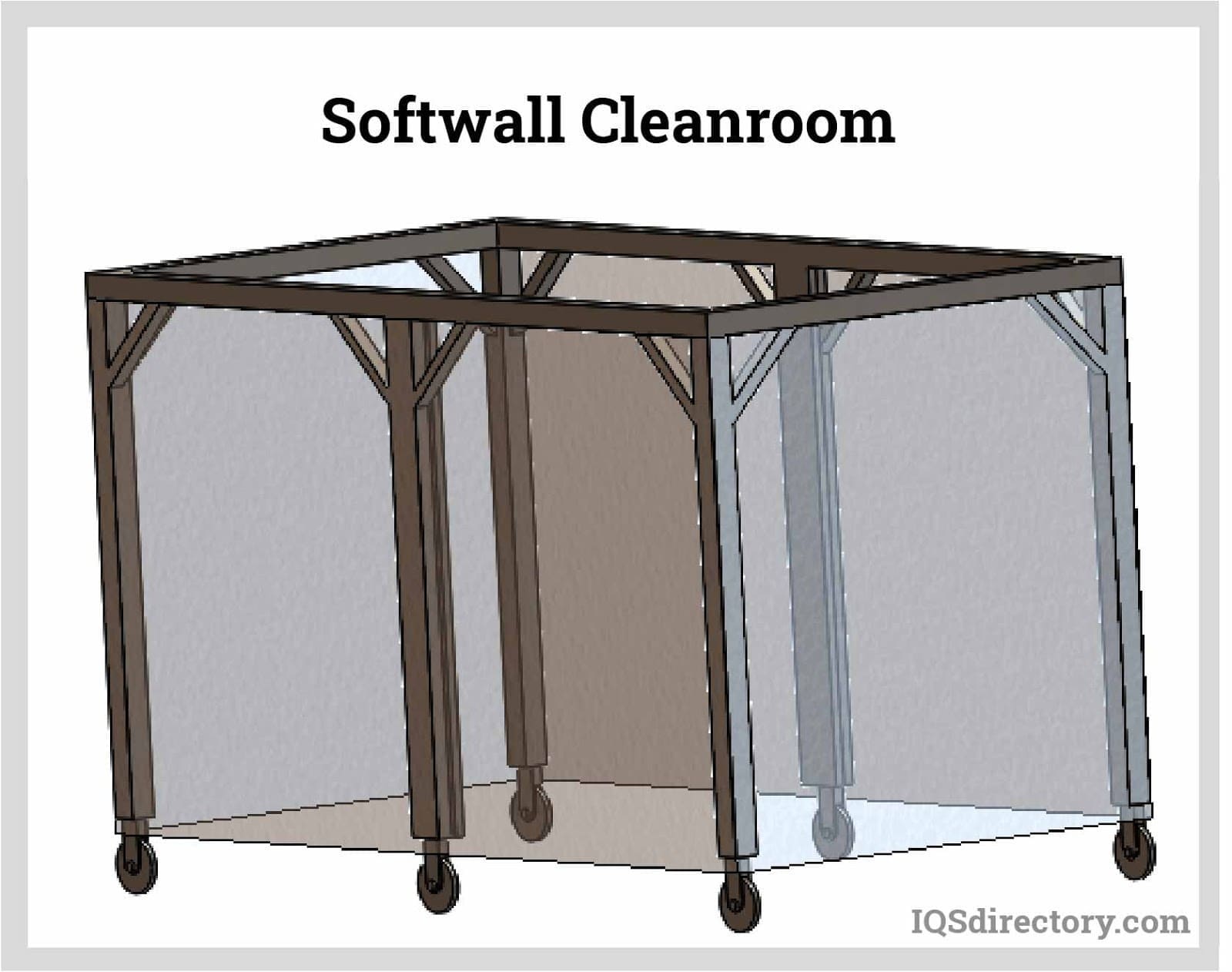
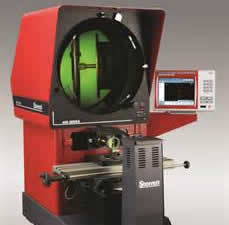 Calibration Services
Calibration Services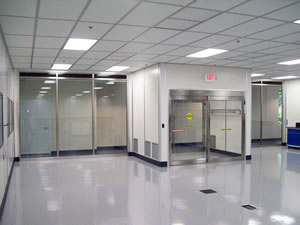 Clean Rooms
Clean Rooms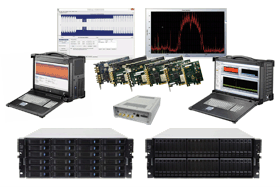 Data Acquisition Systems
Data Acquisition Systems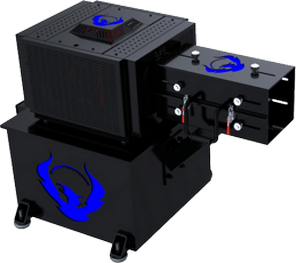 Dynamometers
Dynamometers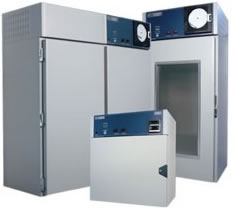 Environmental Test Chamber
Environmental Test Chamber Leak Detectors
Leak Detectors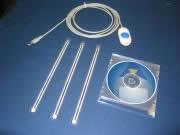 Load Cells
Load Cells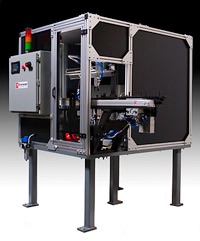 Machine Vision Systems
Machine Vision Systems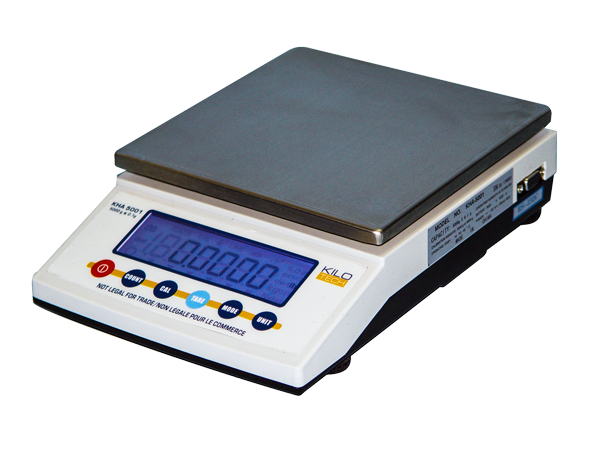 Scales
Scales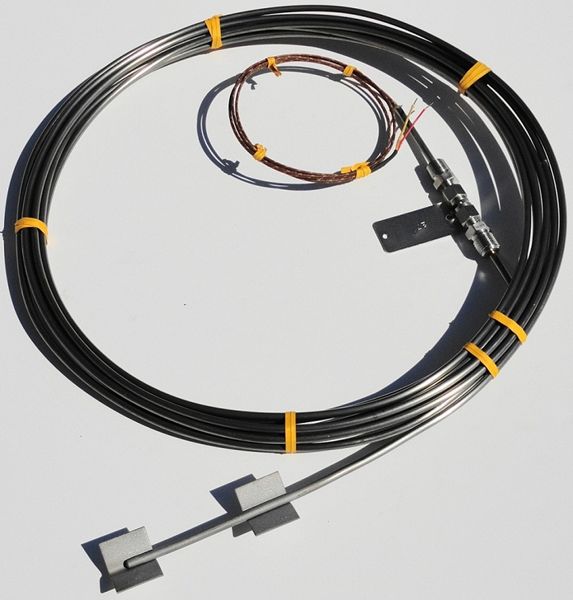 Thermocouples
Thermocouples Castings & Forgings
Castings & Forgings Bulk Material Handling
Bulk Material Handling Electrical & Electronic Components
Electrical & Electronic Components Flow Instrumentation
Flow Instrumentation Hardware
Hardware Material Handling Equipment
Material Handling Equipment Metal Cutting Services
Metal Cutting Services Metal Forming Services
Metal Forming Services Metal Suppliers
Metal Suppliers Motion Control Products
Motion Control Products Plant & Facility Equipment
Plant & Facility Equipment Plant & Facility Supplies
Plant & Facility Supplies Plastic Molding Processes
Plastic Molding Processes Pumps & Valves
Pumps & Valves Recycling Equipment
Recycling Equipment Rubber Products & Services
Rubber Products & Services